Ray of hope in West Bengal on World Wildlife Day
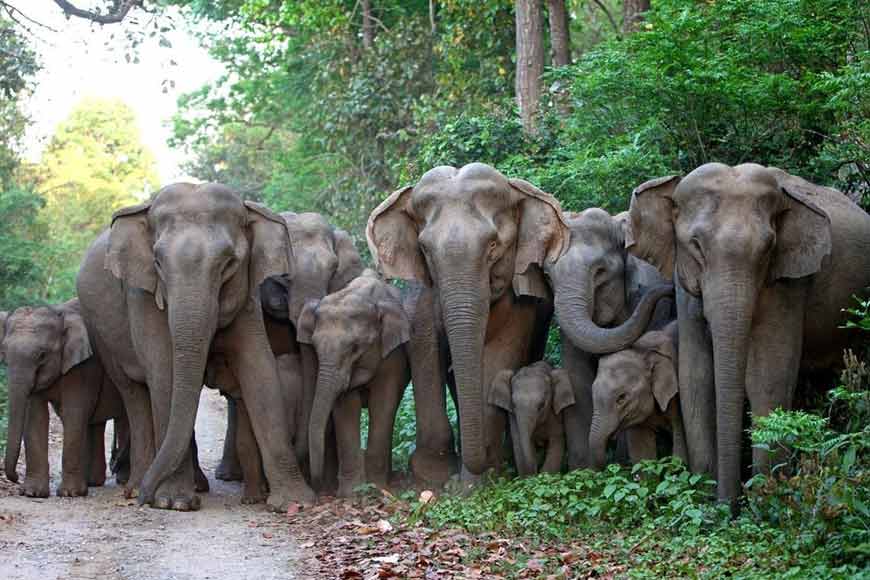
Recovering Key Species for Ecosystem Restoration. This slightly ponderous phrase sums up the theme for the 2022 edition of World Wildlife Day, which has been observed on March 3 every year since 2013, when the United Nations General Assembly adopted the Convention on International Trade in Endangered Species of Wild Fauna and Flora (CITES). As is self-evident, the day aims to both celebrate and raise awareness about the world’s wild flora and fauna, which play such a crucial role in keeping life on Earth going.
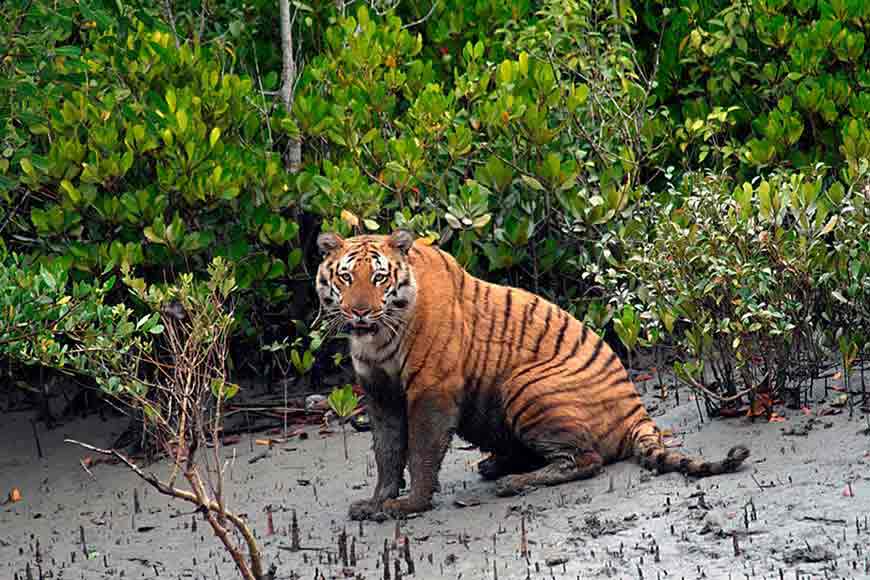
What are key species? Some numbers might help answer the question. According to data from the International Union for Conservation of Nature (IUCN) Red List of Threatened Species, over 8,400 species of wild animals and plants are critically endangered, while nearly 30,000 more are understood to be endangered or vulnerable.
Based on these estimates, it is suggested that over a million species are threatened with extinction
Can you wrap your head around that staggering figure? Neither can we. The solution, therefore, is to think local. In short: every species of plant and animal that exists in our immediate ecosystem is key to our survival, and needs to be either protected or recovered. That is essentially what the theme for World Wildlife Day 2022 is trying to tell us.
Today is #WorldWildlifeDay. Sharing one of my favorite shot from wild. Which one is yours !! pic.twitter.com/MYvRtatEv8
— Parveen Kaswan, IFS (@ParveenKaswan) March 3, 2022
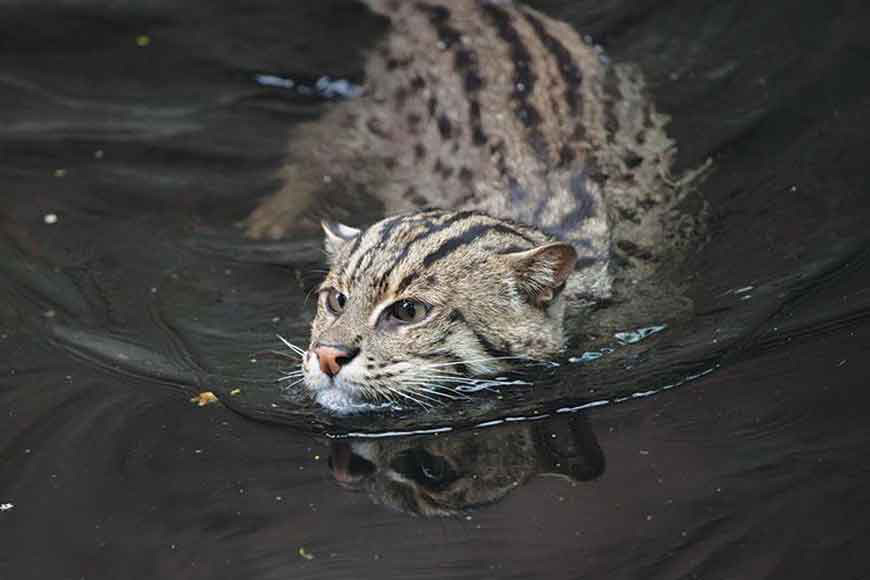
Or as West Bengal’s Chief Wildlife Warden Debal Ray puts it, “Any species that has a disproportionately large impact on the ecosystem, irrespective of its numbers or biomass, may be considered a key species. Such species are generally crucial to the integrity of an ecosystem, and the disappearance of such species leads to changes in the ecosystem.”
World Wildlife Day is here! Learn more about "Recovering Key Species for Ecosystem Restoration." https://t.co/SNMrZzdod1 https://t.co/hopg41StZT #WWD2022 #RecoverKeySpecies pic.twitter.com/vBzscmbEEs
— World Wildlife Day (@WildlifeDay) March 3, 2022
In West Bengal, all talk of preservation and recovery in the public domain tends to center around such highlighted species as the Royal Bengal tiger, the one-horned Indian rhinoceros, or more exotic breeds such as the red panda. Such talk tends to overlook many other critically endangered species, spread across the mountain ecosystem of the north, the forest ecosystem extending over most of the state, the freshwater ecosystem, the semiarid ecosystem in the west, the mangrove ecosystem in the south, and the coastal marine ecosystem along the shoreline.
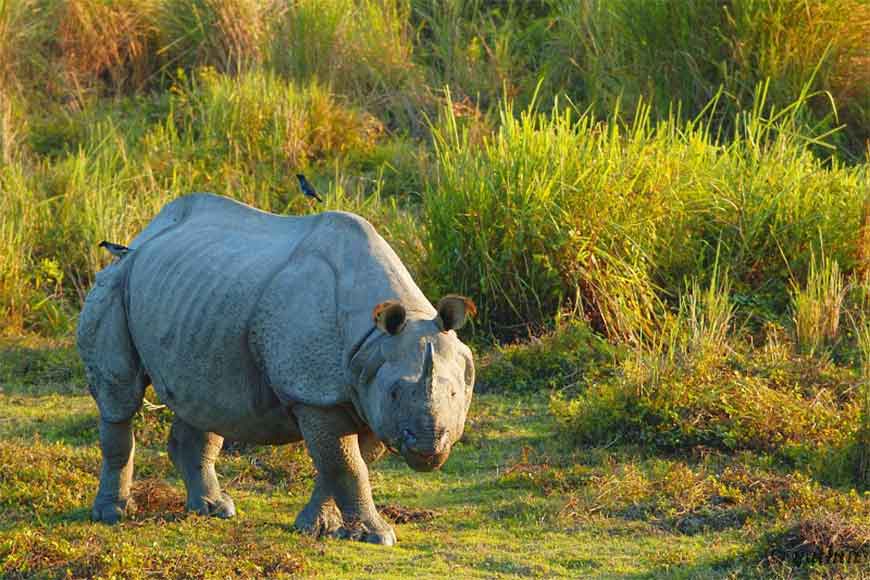
All these ecosystems support an incredibly rich faunal diversity, which consists of 10,013 animal species out of a total of 89,451 species in India, or 11.19 percent of all Indian fauna. This is according to data from the West Bengal Forest Department.
The restoration of key plant and animal species has been one of the challenges for the Forest Department in recent times, says Ray. But in this era of rapid climate change, when the prospect for wildlife seems universally gloomy, he sounds a strong note of hope. “If you look at the trajectory of the last few decades, you will see that several animal species have returned to habitats they had disappeared from,” he says. “This is particularly noticeable in the laterite areas (Bankura, Jhargram, Purulia), where the forest cover was vastly depleted as recently as 40 years ago.”
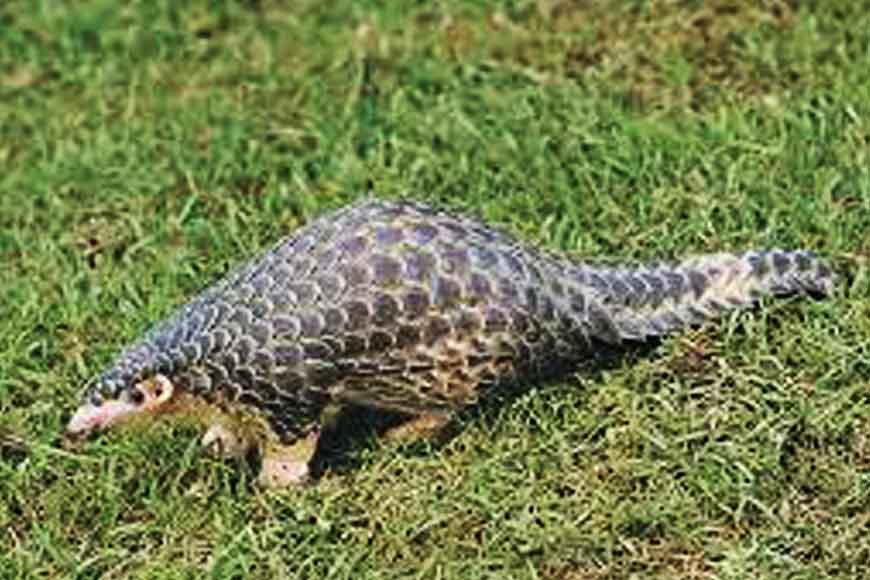
Ray explains that whenever the forest cover disappears, the wildlife is the first to vanish. And once the cover reappears, wildlife is the last to return, indicating that the habitat has been fully restored. “Over the last 20 years, we have seen smaller mammals make a comeback,” he adds. Among these mammals are the wolf, striped hyena, pangolin (‘bonrui’ in Bengali), even isolated cases of leopards. Additionally, the reticulated python (‘jali ajagar’) has made a reappearance in a few areas. “We are even seeing cases of human-animal conflict reoccurring owing to the local abundance of a few species, including the super abundance of species like the Himayalan black bear,” says Ray.
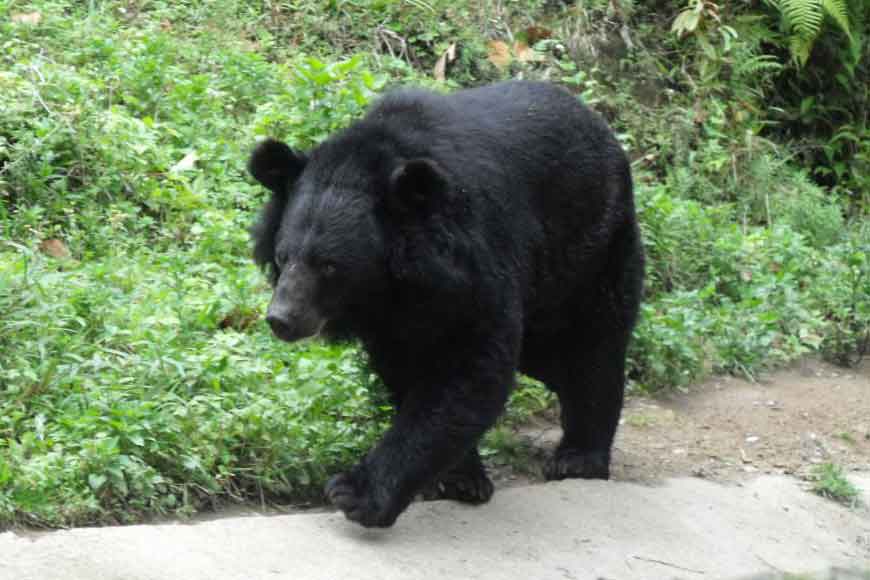
The return of carnivores in particular is a matter of hope because it indicates the existence of prey animals in adequate numbers. And finally, the increasing awareness among humans that their fellow animal species need to be conserved if human life is to continue has also contributed to the recovery of a few key species, says Ray. “We have a long way to go, but there has been a definite increase in the awareness among ordinary people. In the Sundarbans, for example, despite tigers straying into human habitations, they are very rarely attacked or harmed by humans now. We hope this attitude spreads.”










